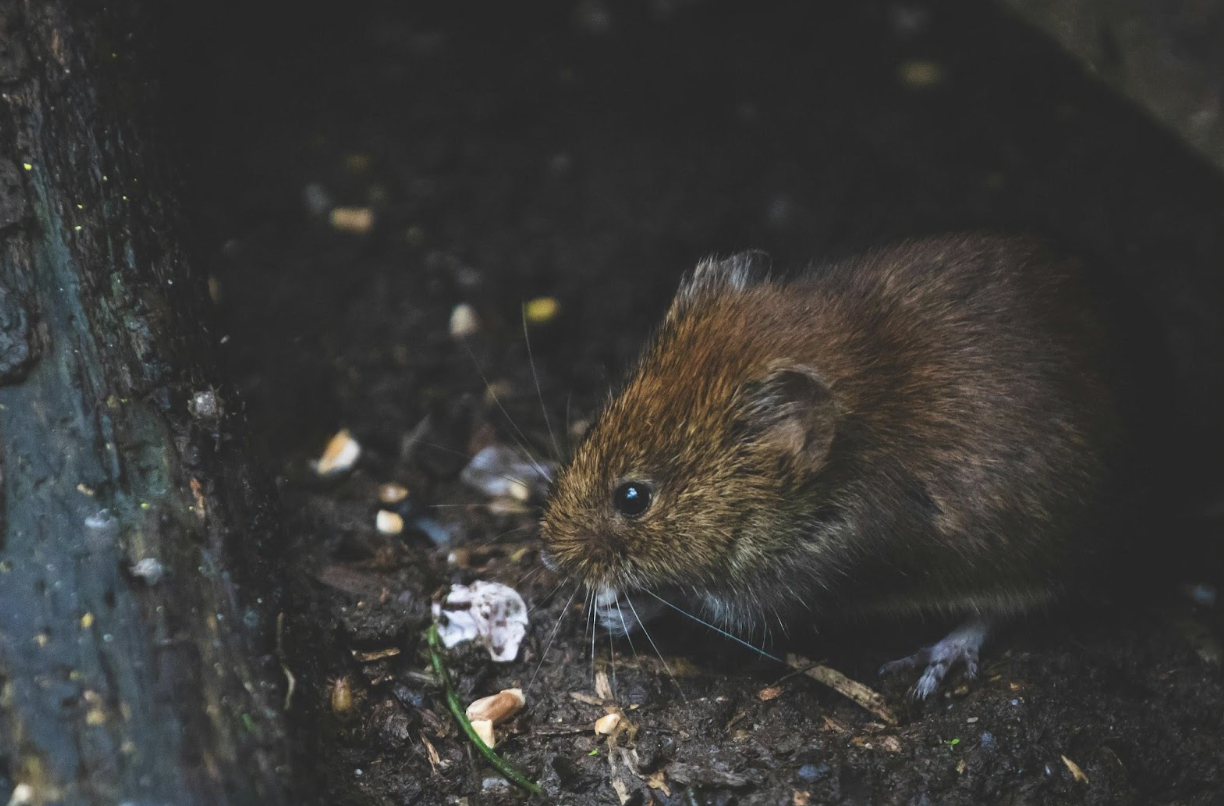The Safest Home Pest Measures Designed for Families With Toddlers

Parents often worry about the safety of their little ones when dealing with pests at home. Small children explore through touch, crawling, and curiosity, which makes traditional pest control products concerning. Homes need protection from insects and rodents, but families want solutions that keep toddlers safe from harmful substances or unexpected exposure.
This guide outlines practical, low-risk approaches that help keep unwelcome visitors away without creating hazards for young children. Each method focuses on prevention, gentle practices, and smart adjustments that support a clean environment and a secure space for little explorers.
Professional Support With Toddler Safety in Mind
Families sometimes need expert help when infestations grow or become persistent. Many professional services offer low-impact treatments designed for homes with children, experts from Sequoia Pest Solutions suggest. These plans rely on targeted application methods that focus on cracks and hidden areas rather than open surfaces.
Some companies use botanical-based products or heat treatments that reduce chemical exposure significantly. When scheduling a visit, parents can ask about safety procedures, drying times, and recommended precautions for toddlers. Choosing a service with experience in child-friendly homes grants an extra layer of reassurance and provides long-term stability against recurring pests.
Non-Toxic Cleaning Habits That Discourage Pest Activity
Consistent cleaning routines dramatically reduce pest interest in your home. Crumbs, spills, and leftover food attract insects quickly in kitchens and dining areas. Warm water mixed with mild, natural soap works well for wiping surfaces without producing harsh scents that could affect young children.
Regular sweeping and mopping prevent ants from following scent trails. Storage containers with tight lids keep snacks protected even if little hands enjoy exploring the pantry. Laundering fabrics and vacuuming carpets limits mites and other tiny pests.
Barrier Methods That Keep Pests Out Naturally
Simple modifications to your home can stop pests before they enter. Sealing cracks around doors, baseboards, and windows creates solid barriers that block crawling insects and tiny rodents. Weatherstripping and door sweeps help close gaps near entry points, reducing the chances of ants and spiders slipping through.
Fine mesh screens on windows protect interior spaces from flies and mosquitoes. Caulking small openings where pipes enter walls further strengthens the home’s defense. These actions remove the need for chemical treatments and keep toddlers safe from residues or fumes.
Safe Traps That Avoid Harsh Substances
For families needing extra control beyond cleaning and sealing, child-friendly traps offer added support. Sticky pads placed inside enclosed housings capture insects without exposing toddlers to adhesives. Snap traps for rodents can be positioned inside locked boxes made to prevent curious hands from touching sensitive mechanisms.
Gel baits kept behind appliances or inside cabinets stay out of reach but still target pests effectively. Many brands design these solutions with protective covers, making them suitable for homes with young children. By choosing enclosed or shielded traps, parents gain peace of mind while reducing household pest activity.
Natural Scents That Repel Common Household Pests
Certain plants and oils produce aromas that encourage pests to stay away. A few drops of peppermint, lavender, or eucalyptus oil mixed with water can be sprayed lightly around entry points, corners, or outdoor thresholds. Cotton balls soaked in diluted oil blends placed behind furniture or near windows create ongoing scent barriers.
Families with toddlers benefit from these gentle fragrances, since they carry minimal risk when used sparingly and stored properly. Fresh herbs such as basil, mint, and rosemary help deter insects when placed on windowsills or near doors. These options add a pleasant aroma to the home and provide a soft alternative to strong repellents.
Food Storage Strategies That Limit Pest Attraction
Thoughtful organization in kitchens and dining spaces makes a big difference. Air-tight glass or BPA-free plastic containers keep food safe from contamination and reduce smells that attract pests. Fruit stored inside the refrigerator rather than on countertops limits interest from fruit flies.
After meal and snack times, quick cleanup minimizes residue left behind by toddlers. Pet food bowls, often overlooked, should be emptied or washed regularly to prevent ants from gathering. Trash bins with locking lids keep odors contained, making the kitchen less tempting to insects or rodents.
Safe pest control for families with toddlers centers on prevention, gentle habitat changes, and mindful product selection. Homes become healthier and more secure when pests are discouraged through sealing, cleaning, natural scents, and child-safe tools.
Parents gain confidence knowing they can manage insects and rodents without exposing little ones to harsh substances or risky equipment. With thoughtful daily habits and occasional professional guidance, the home remains comfortable, clean, and ready for young children to explore with freedom and safety.






